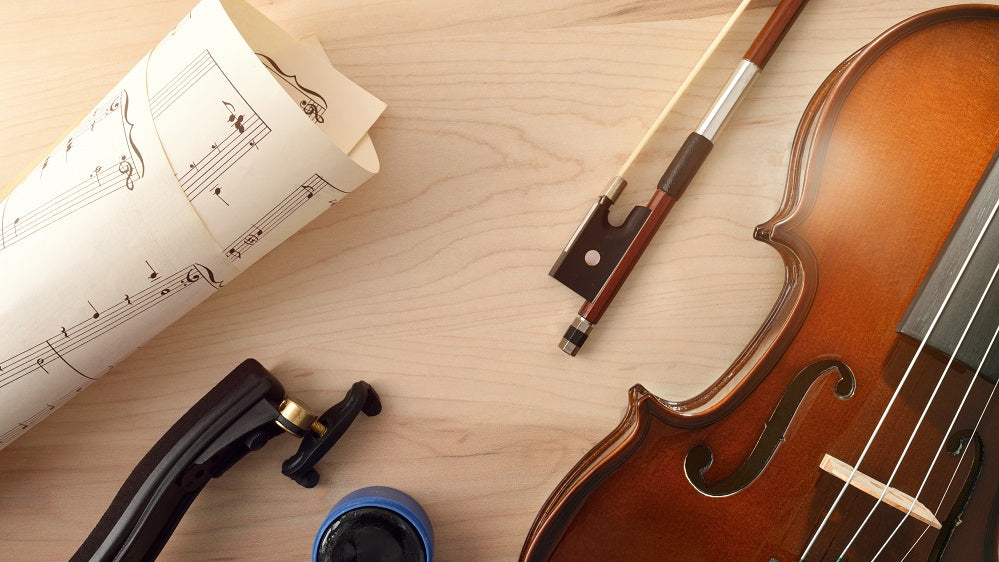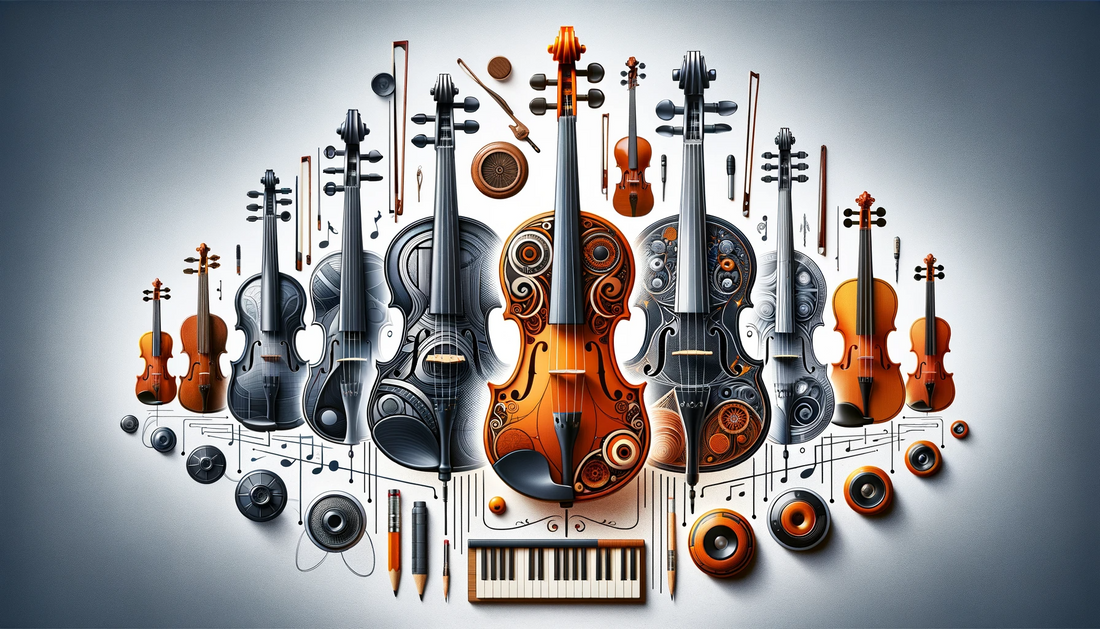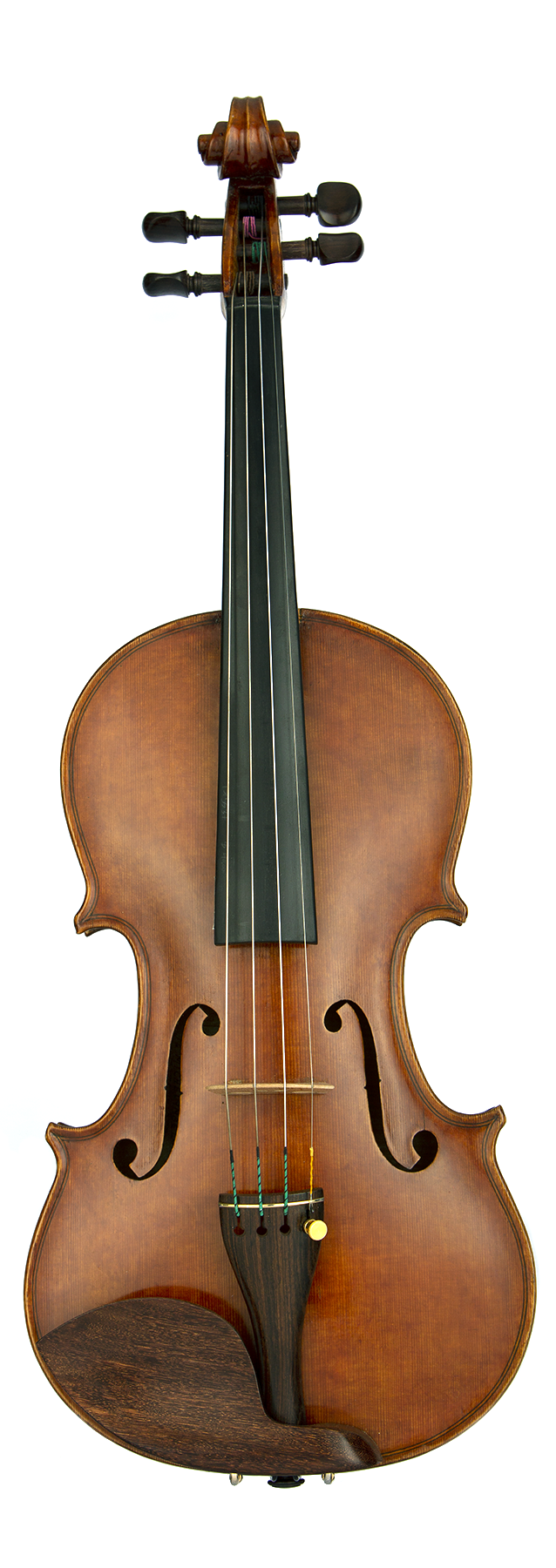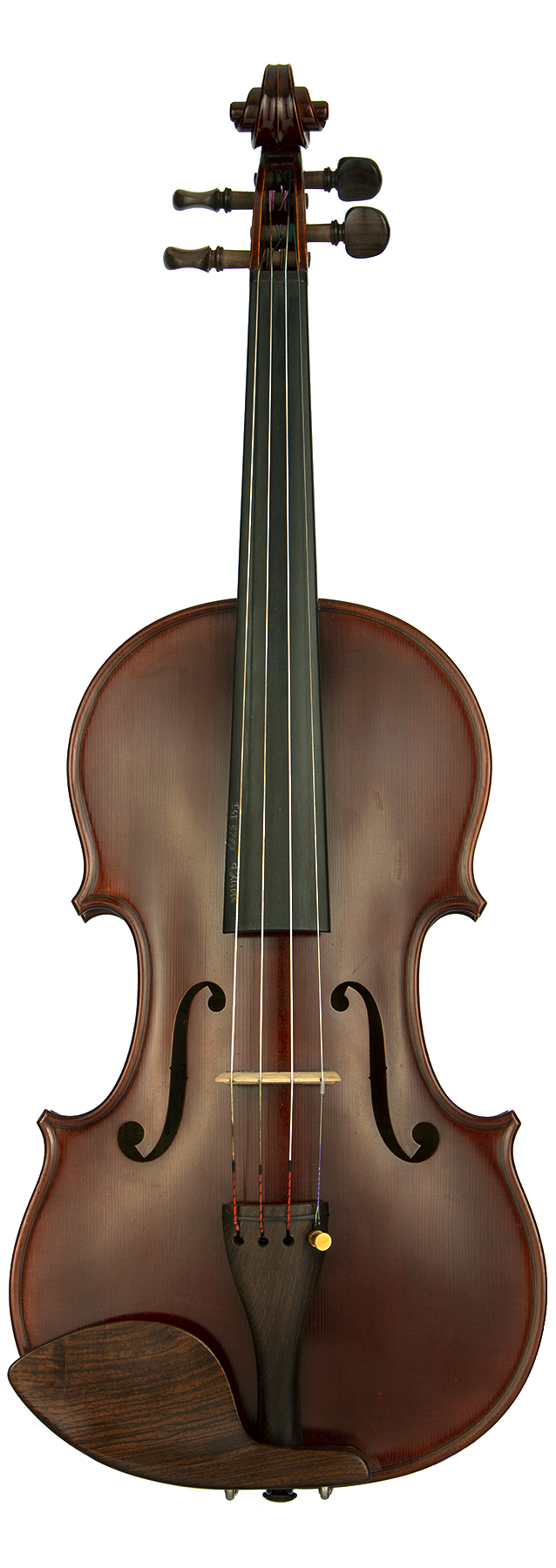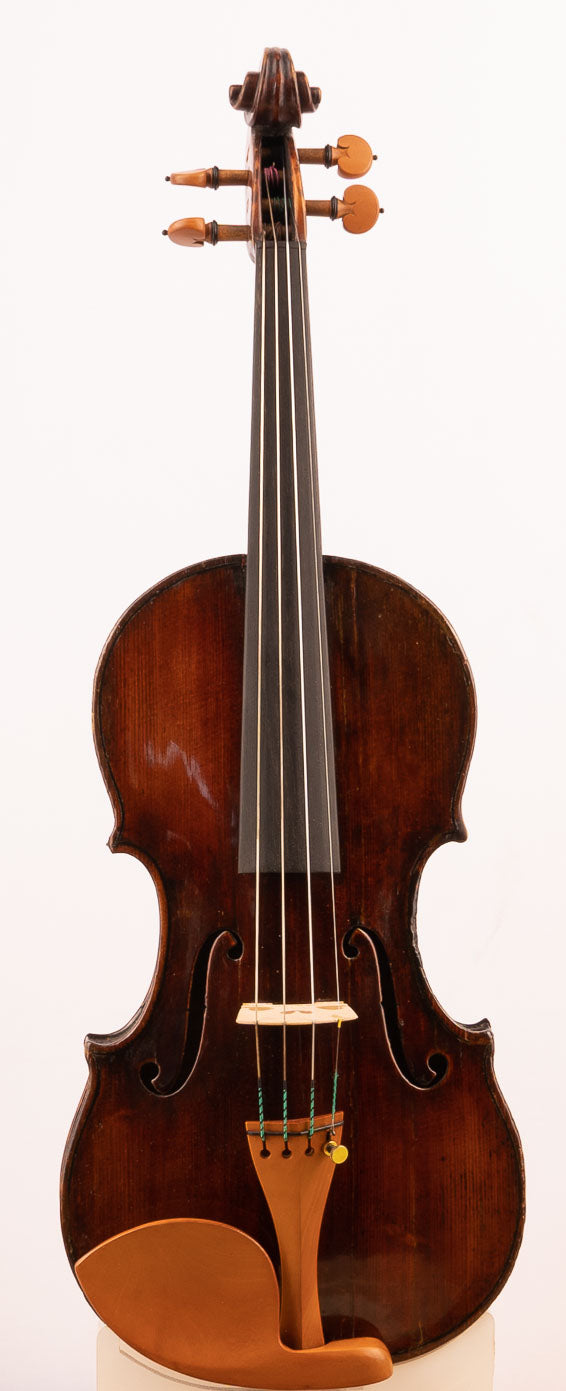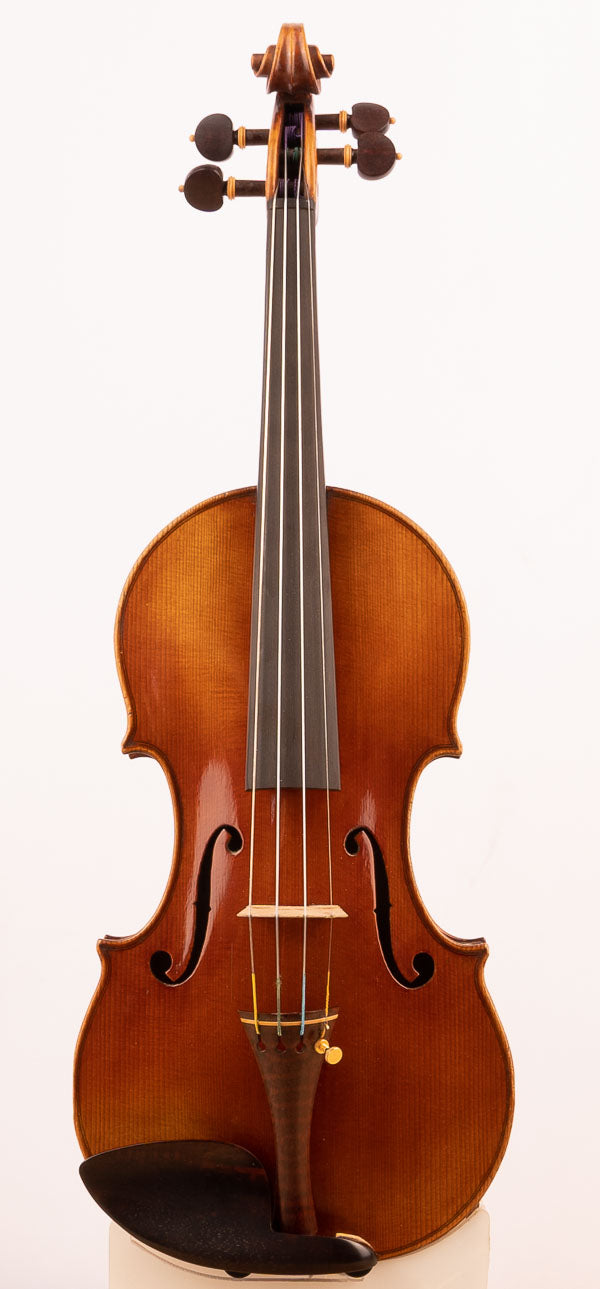Violin making is a realm where tradition and innovation intersect, creating a landscape rich with history and progress. My journey as a luthier has been marked by a deep reverence for the past, coupled with an eager eye towards the future. This delicate balance between preserving the old and embracing the new is what makes violin design endlessly fascinating.
The Legacy of the Masters
The story of violin design is inseparable from the works of the old masters - Stradivari, Guarneri, Amati. Their innovations set the standards for excellence in violin making. I remember the first time I held a Stradivarius in a museum in Cremona. Its form was not just an embodiment of aesthetic perfection but also a marvel of acoustical engineering. These master luthiers experimented with wood thickness, body shape, and varnish techniques, creating instruments that have withstood the test of time, both in beauty and sound. Their legacy is not just in the violins they left behind but in the principles of craftsmanship and acoustic science that continue to guide luthiers today.
However, innovation in violin design did not stop with these iconic figures. Through the centuries, luthiers have continued to explore and refine. One of the most significant areas of evolution has been in the materials used. While the traditional woods – spruce and maple – remain the standard, there has been exploration into alternative materials for specific components. For instance, the use of carbon fiber for tailpieces and even for the body of the violin in contemporary designs, offers enhanced durability and can alter the instrument's tonal characteristics.
Embracing Modern Technology
In recent years, the advent of modern technology has brought about a new wave of innovation in violin design. Computer-aided design (CAD) and acoustic analysis tools have allowed for a level of precision and experimentation that was unimaginable in the past. I recall working on a project where we used 3D scanning to analyze the shape and dimensions of historical violins, gaining insights that informed our own designs. This blend of historical data and modern technology opened up new possibilities in understanding the relationship between the violin’s shape and its sound.
Furthermore, the integration of technology has not been limited to the design process. The way violins are crafted has also evolved. While hand tools and traditional techniques still form the core of the craft, precision tools and machinery now play a role in many workshops, including mine. This does not diminish the art of violin making but enhances it, allowing for more consistent quality and the ability to experiment with designs that would be challenging to execute by hand.
The Role of Acoustic Research
Another area of significant advancement is in acoustic research. Understanding how a violin produces its unique sound has been a quest since the early days of violin making. Modern acoustic research, coupled with advanced materials science, has deepened our understanding of how different design elements influence sound production. My experience collaborating with acoustic researchers was enlightening, revealing how slight alterations in the arching of the top or the thickness of the ribs could impact the sound. This ongoing research not only informs contemporary violin making but also helps in the restoration of historical instruments, ensuring that their voices are preserved for future generations.
Balancing Tradition and Innovation
As a luthier, I’ve found that the key to success lies in balancing tradition with innovation. It’s about respecting the time-honored methods and designs while being open to new ideas and technologies that can enhance the craft. This balance is not always easy to achieve. There are purists who argue that the old ways are sacrosanct, and innovators who push for radical changes. My approach has been to find a middle ground, where innovation is guided by the principles established by the old masters.
In Conclusion
The journey of innovation in violin design is ongoing. As we continue to push the boundaries of what’s possible, we do so standing on the shoulders of giants. The violins we create today are a testament to this rich legacy of innovation, a legacy that is both preserved and evolved with each instrument crafted. For those of us in the world of violin making, this journey is not just about creating instruments; it’s about contributing to an art form that is ever-evolving, yet timeless in its pursuit of beauty and perfection in sound.
